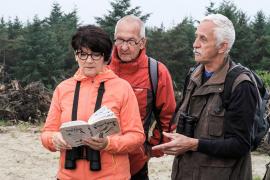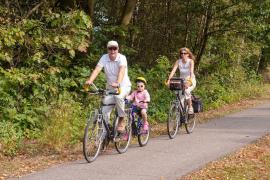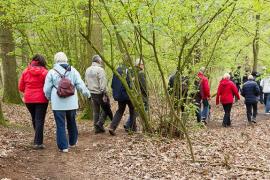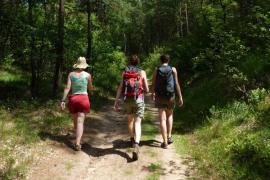About the area
This area covers a total of more than 500 hectares and is largely situated between the ‘Itterbeek’ in the north and the ‘Schaagterziep’ in the south. The landscape is unique because of the patchwork of rows of trees and wooded edges that surround the grasslands, but especially because the area withstood the ravages of time like no other. On the map, you can still see the small parcels demarcated just like they were on maps from 100 years ago and more. In the past, this area was a veritable swamp. Extensive drainage, especially by deepening and straightening the ‘Itterbeek’, had a major impact on flora and fauna. For years, volunteers from Natuurpunt, the Maasland North department, have been committed to conserving the plants and animals present, but also to recovering lost species in the area. They manage more than 110 hectares here and saw their work rewarded by the return of several animals and plants that were thought to be lost. There is a whole network of pools with clear water that swarm with life. This makes the area one of the Flemish hotspots for amphibians. Of the nine amphibian species that can be found here, the tree frog is the noisiest. On sultry summer evenings, you can hear its loud call from far away. Because of the peace and quiet in the area, rare birds such as yellowhammer, European turtle dove, golden oriole and common redstart breed there and thanks to the slightly rougher corners and edges, it is a paradise for butterflies and dragonflies.
Hiking
The red trail that starts here leads to the Valley of the ‘Itterbeek’, locally known as the area 'De Brand'. There is also a route that is wheelchair-friendly.
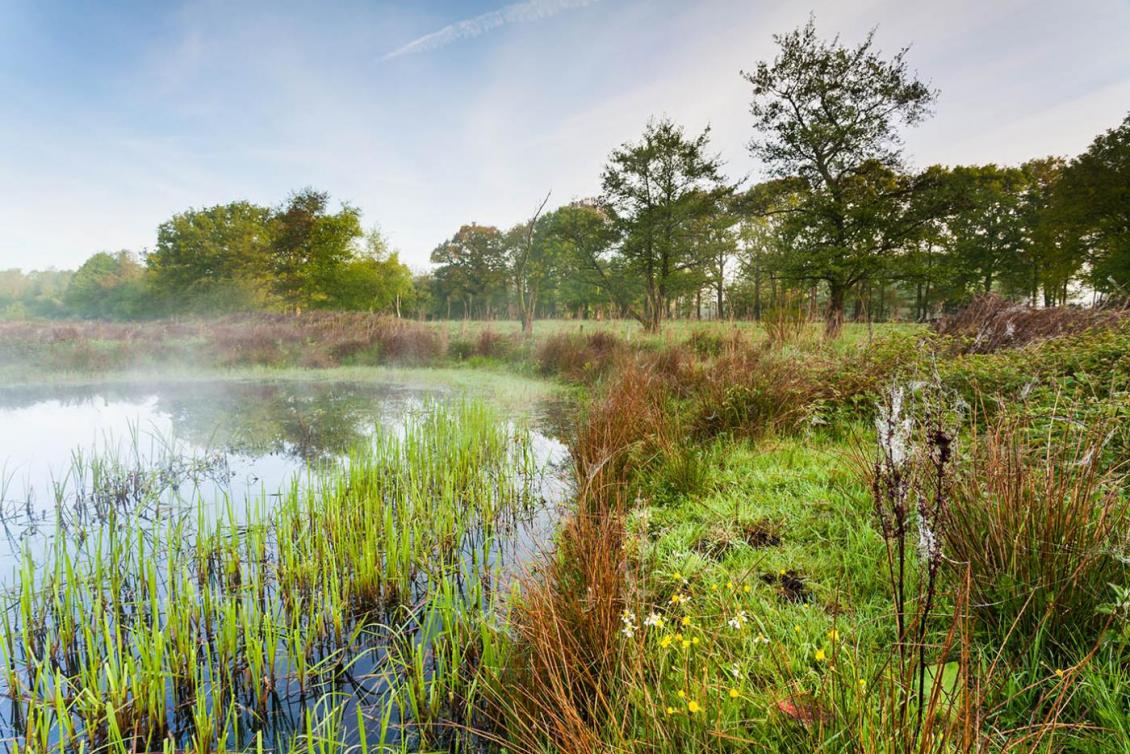
Accessibility and parking
Parking is possible at the church square of Voorshoven, Voorshoventerweg 77, Neeroeteren.

